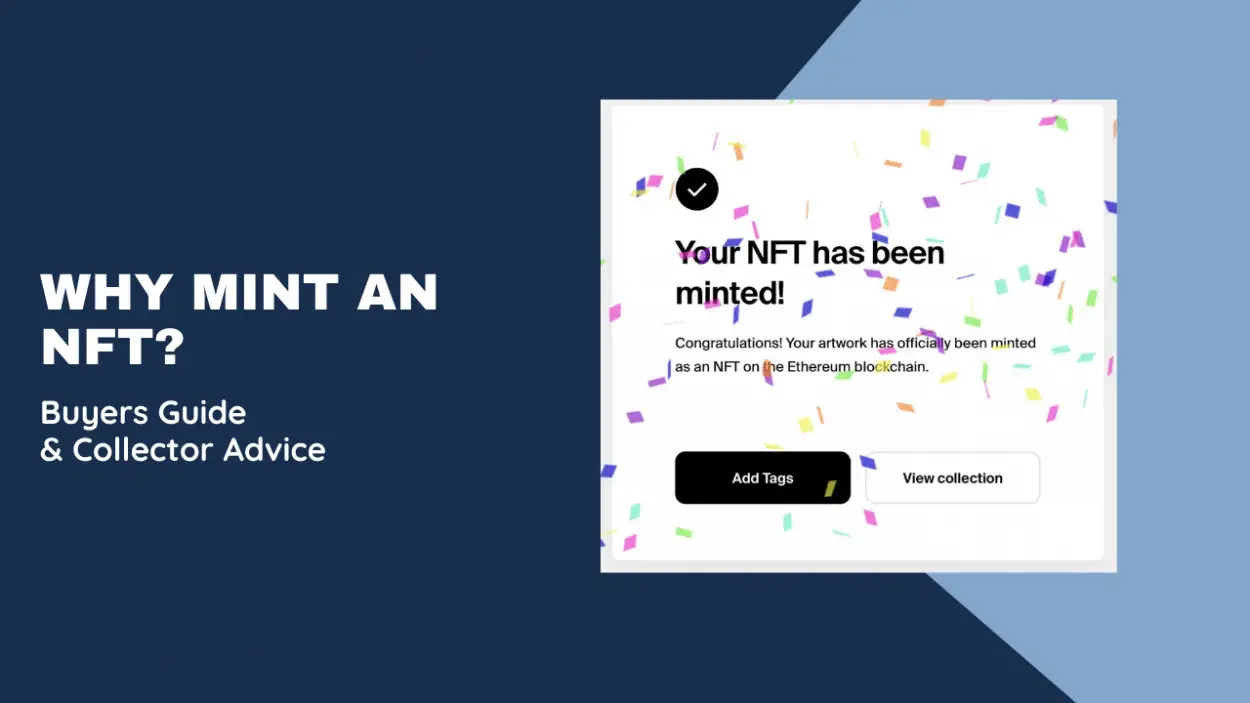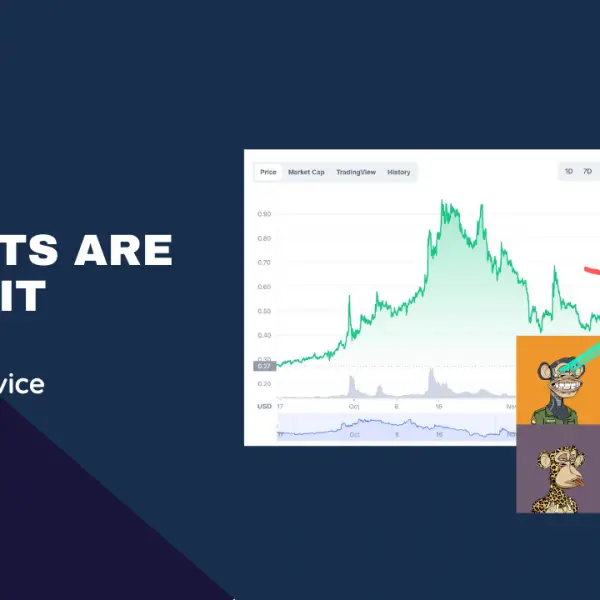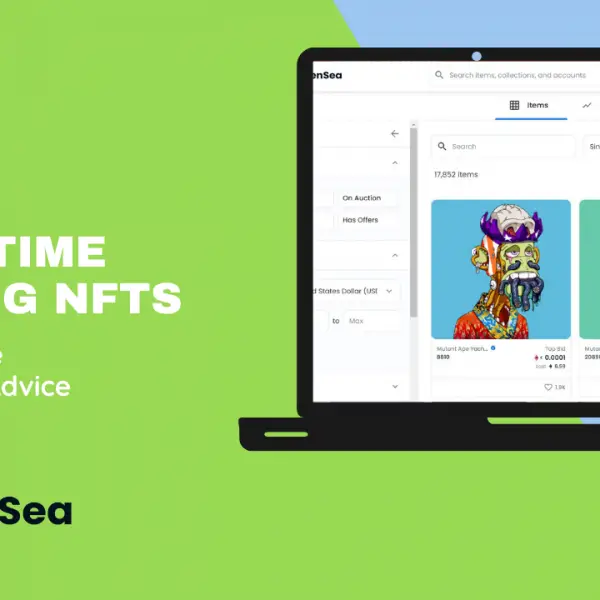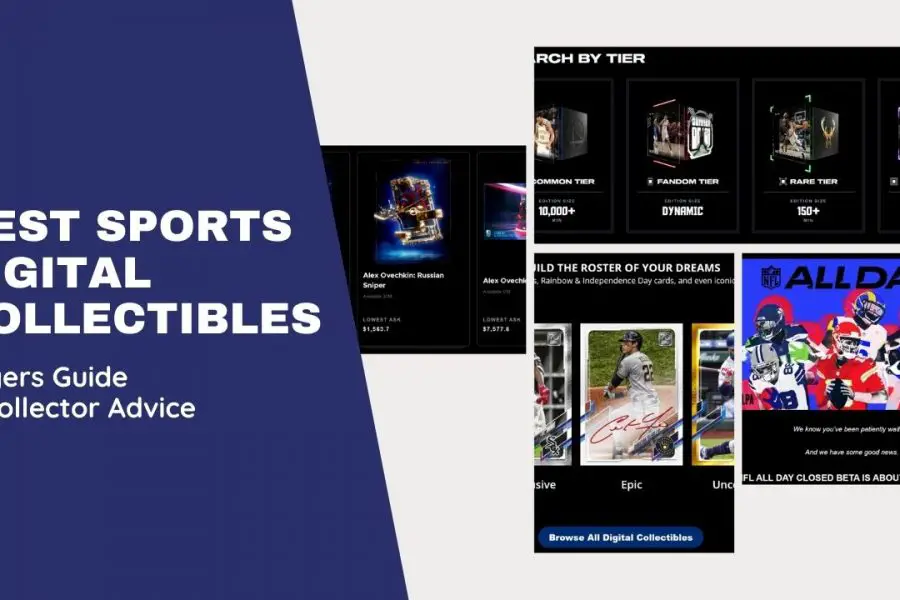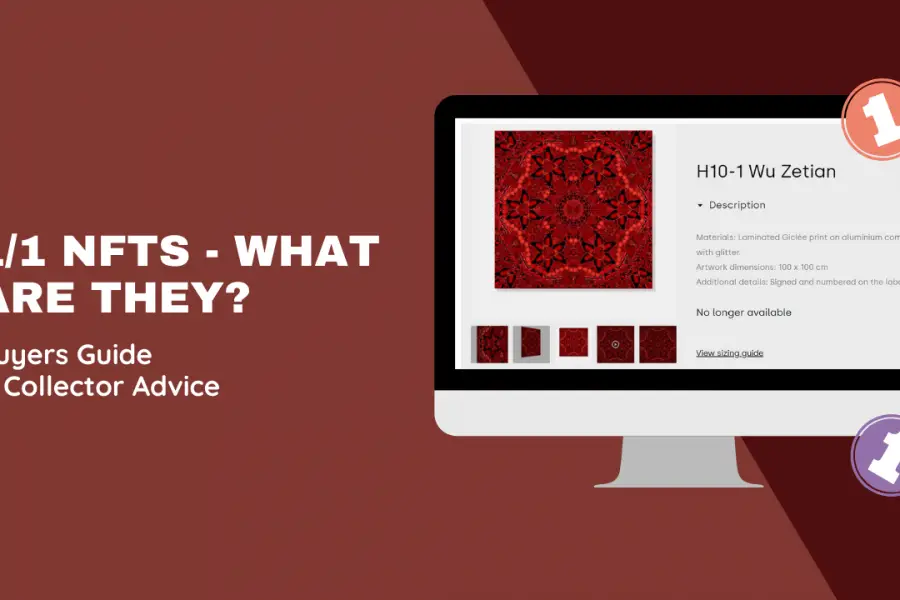What should you know if you want to mint an NFT for the first time? We’ve been asked this multiple times and wanted to put together a compressive guide on what minting nfts means when you should mint an nft and some of the reasons to mint a nft.
Whether you are starting your first nft project or you’re a collector who’s never heard of the word ‘mint’ in the nft space until now, we wanted to share the basics.
In short, minting an NFT is the process used to create an NFT on the blockchain network and give others the ability to trade, sell or buy it.
Let’s dive a little deeper:
What is NFT Minting?
Minting an NFT is converting, verifying, and registering the ownership of crypto assets using a smart contract on the blockchain. Most minted NFTs happen on the Ethereum network; however, the process can work on different blockchain networks like Binance Chain.
Once an NFT goes through the minting process, it cannot be changed, replicated, or copied in any way. Afterward, individuals can trade, sell, or buy those minted NFTs on marketplaces such as OpenSea, Rarible, NBA Top Shot, Decentralend, etc. By definition, ‘minting’ is how work (pieces of art, content, etc.) appears on the blockchain.
Why Minting NFTs Doesn’t Have To Be Complicated
NFT minting is similar to signing legal documents or adding your signature to something meaningful. The act of signing is done digitally by asking for your ‘approval’ via the smart contract, and once signed, it can’t get undone.
You won’t be able to update or change it unless you decide to burn the non-fungible token, which destroys it. Getting an NFT minted validates and instantly provides Metadata to support the authenticity of the digital asset.
For example, when you physically collect baseball or football trading cards, you may want to get them ‘PSA graded’ to verify that they are authentic. And it provides info about the condition of the trading card as well.
For NFTs, the minting process is similar to the grading process.
However, once you mint an NFT, it can’t be altered anyway, preserving its value.
Another example you’ll hear most in the nft space talk about is how it’s similar to when a new metal coin is minted and added into circulation.
If you are minting an NFT for the first time, here’s what you should consider:
- NFT’s become unique, and parament once minted
- There are actual costs involved when minting NFTs called ‘Minting Fees’
- Minting artwork, music, or pieces of work that’s not your copyright is a problem
- Think about the mint date and mint price beforehand
- Figure out how much nfts you’d like to mint at once
- Determine the blockchain and digital wallet you’ll use to mint
What Can You Mint?

The technology behind non-fungible tokens provides opportunities for many industries to innovate and use it. Brands using it as a loyalty rewards system offering nfts to those who invest, such as AMC’s ‘I Own AMC’ NFT, to sports brands offering it as a digital collectible in the form of tickets.
- Tangible Assets: Photographs, Digital Art, Gifs, Videos, Tweets, Trading Cards, Book, Comic & Real Estate.
- Intangible Assets: Intellectual Property (IP), Access, Redeemable(s), & Games.
- Other Assets: Avatars are also known as PFP (Picture for Proof or Profile).
For example, Rebel Rabbits allows you to mint a mask, giving you access to their comic and getting exclusive airdrops of the cover for each chapter.
Who Can Mint an NFT?
You must understand that both the creator of the NFT can mint NFTs and the collectors of a particular NFT project can mint an NFT if the project allows it.
Some projects will offer a feature directly on their website where they ask you to connect your wallet to mint a random NFT that’s available from their projects collection.
Collectors often have to decide to mint a random nft get involved with the project at a higher investment or buy their first nft within the project on a secondary marketplace like Open Sea.
Most will go with the secondary market option if the floor price is lower than it costs to mint an NFT of that project.
Either way, once you own the NFT within that project, you become a crypto asset holder and supporter of their project.
Why Mint an NFT

There are different reasons to mint a nft for different people, and it largely depends on what you intend to do with an NFT. For collectors, it’s because they believe in the project so much, and they are given an option to mint instead of purchasing one from a secondary marketplace. For creators, it’s all about wanting to sell their artwork for a commission and get the credit they deserve.
Here’s a breakout of some more reasons why someone would mint a nft:
For creators
- You seek ‘Ownership’ of Intellectual Property.
- It becomes a requirement for selling NFTs.
- Your Metadata gets the record for historical context.
For collectors
- Find the project exciting and appealing.
- Reviewed the roadmap and wants to become a holder of that NFT for a long time until it increases in value.
- To support a friend who’s launched a nft project.
How Much Does It Cost to Mint an NFT?
Costs vary depending on the type of transaction you perform on the blockchain; however, every transaction has gas fees unless you are using a blockchain that doesn’t require gas fees (for example, WAX).
If you mint an NFT, the costs could range from anywhere under $1 to over $1,000. However, the average is $70 to $120.
The larger the file you try to mint, the higher the cost. For example, video or music files require a lot of computing to process them on the blockchain.
Always consider the size of the file you are looking to mint, the volume of files you’d like to mint at once, and what type of file when minting and nft.
Here’s a breakdown of all the nft minting fees you’ll come across as well. We recommend you set aside a small minting budget for your nft project:
- Minting Fees: Which increases as your NFT does
- Site Fees: Which depends on the marketplace you choose
- Gas Fees: Which will occur no matter what
When minting a nft, you’ll have to pay gas fees. These fees are associated with every transaction on the blockchain; However, finding ways to reduce the gas fees doesn’t have to be complicated.
For example, on WAX, if you were to mint an NFT, you don’t have to pay gas fees. So instead, it would be $0.00.
However, on ETH, you need at least 151 bytes of RAM to mint an NFT. So, 0.1 ETH gets you 206 bytes. The cost of $ETH at this moment is $0.42 making the total cost to mint the NFT $0.0042.
When should you mint an NFT?
If you’re a creator (or artist) and want to protect the authenticity of your work, mint an nft before publicly announcing it on social media.
Unfortunately, you run the risk of someone right-clicking and saving it, then minting it on a blockchain before you.
It’s rare; however, people can steal your artwork and try to sell it on a secondary marketplace.
According to studies analyzing both when bids and minting types of activity occurs most on the Ethereum blockchain, they found that minting happens most during 9 am UTC opposed to biding, which happens most during 4 pm to 8 pm UTC.
Be careful When Minting an NFT For Your First Time.
It doesn’t take much to mint your first nft. It requires a digital wallet, either MetaMask, Coinbase, an app, and a crypto exchange account with money.
And marketplaces such as OpenSea, Rarible, etc., all make the steps on how to mint a nft easy. However, you must be careful when first starting to avoid minting anything that’s already copyrighted.
Keep in mind ‘copyrights’ are serious concerns when minting and nft. Do not mint anything that isn’t yours. Remember, an NFT is different from getting copyright; while an NFT certifies ownership over a file, it does not prohibit other people’s access to copies of the original files.
Brands will reach out if you break any copyright rules when launching a nft project on the blockchain. So, it’s essential to keep this in mind when minting for the first time.
If you’ve enjoyed reading this article on minting nfts then you’ll also like:
